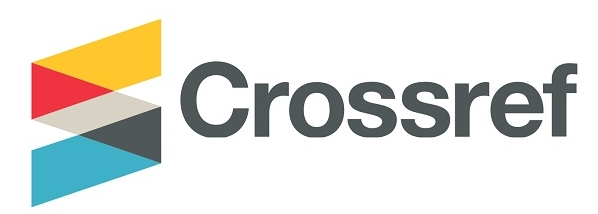SEMIOTIC ANALYSIS ON FENTY BEAUTY’S FOUNDATION ADVERTISING POSTER AS A REPRESENTATIVE OF BEAUTY DIVERSITY
DOI:
https://doi.org/10.36526/ln.v7i2.3053Keywords:
Keywords:Advertising Poster;Beauty Diversity;Semiotics;Signs.Abstract
This research entitled "Semiotic Analysis on Fenty Beauty's Foundation Advertising Poster as a Representative of Beauty Diversity". This involves analyzing the Fenty Beauty foundation advertising poster employing the semiotic field. The descriptive qualitative approach was chosen in this research, and the aims of this research to identify the icon, index, and symbol in Fenty Beauty's foundation advertising poster, and to determine the relationship between signs and the beauty diversity issue in Fenty Beauty's foundation advertising poster. To figure out the answer, the researcher applies a semiotic theory by Charles Sanders Peirce to examine five Fenty Beauty foundation advertising posters. Purposive sampling was used as the data gathering strategy to assess the eight Fenty Beauty foundation advertising posters. Based on the results of this research, the messages contained in all posters can influence individuals to purchase Fenty Beauty's foundation. Fenty Beauty attempts to bring out the theme of beauty diversity in their advertising posters by including models with various skin tones, ethnicities, and religions. Fenty Beauty creates a revolution and reduces discrimination in the cosmetics industry by developing fifty colors of foundation.
References
Buriak, J. M. (2016). Which Font Looks Best in a Figure? Chemistry of Materials, 28(3), 689–690. https://doi.org/10.1021/acs.chemmater.6b00306
Chandler, D. (2007). Semiotics: The basics (2nd ed). Routledge.
Creswell, J. W. (2014). Research design: Qualitative, quantitative, and mixed methods approaches (4th ed). SAGE Publications.
Dr. Meghamala. S. Tavaragi & Mrs. Sushma. C. (2016). Colors and Its Significance. International Journal of Indian Psychology, 3(2). https://doi.org/10.25215/0302.126
Hall, A. (2021). Racism in the Beauty Industry. Digital Commons Academic Festival 2021 Sacred Heart University. 1–15.
Kurt, S., & Osueke, K. K. (2014). The Effects of Color on the Moods of College Students. SAGE Open, 4(1), 215824401452542. https://doi.org/10.1177/2158244014525423
Long, J. (2019). Semiotic Study of English Text. Proceedings of the 1st International Symposium on Innovation and Education, Law and Social Sciences (IELSS 2019). Proceedings of the 1st International Symposium on Innovation and Education, Law and Social Sciences (IELSS 2019), Shenyang City, China. https://doi.org/10.2991/ielss-19.2019.72
Pandita, R. (2017). Internet a change agent: An overview of internet penetration and growth across the world. International
Journal of Information Dissemination and Technology, 7(2), 83. https://doi.org/10.5958/2249-5576.2017.00001.2
Peate, S. (2023, March 8). Fenty Beauty logo and meaning. Fabrik Brands. https://fabrikbrands.com/fenty-beauty-logo-history-and-background/.
Richards, J. I., & Curran, C. M. (2002). Oracles on “Advertising”: Searching for a Definition. Journal of Advertising, 31(2), 63–77. https://doi.org/10.1080/00913367.2002.10673667.
Sugiura M., & Sugiura, K. (2021). Are Women With Fairskin (Whitened Skin) Beautiful? Perspectives In Asia. International Journal of Clinical Dermatology & Research, 275–276. https://doi.org/10.19070/2332-2977-210006e.
Weichselbaumer, D. (2020). Multiple Discrimination against Female Immigrants Wearing Headscarves. ILR Review, 73(3), 600–627. https://doi.org/10.1177/0019793919875707
Wischhover, C. (2018, May 30). The Fenty Effect Means Everyone Offers 40 Foundation Shades Now. Racked. https://www.racked.com/2018/5/30/17409524/fenty-effect-foundation-40-shades
Downloads
Published
How to Cite
Issue
Section
License
This work is licensed under a Creative Commons Attribution-ShareAlike 4.0 International License.


















